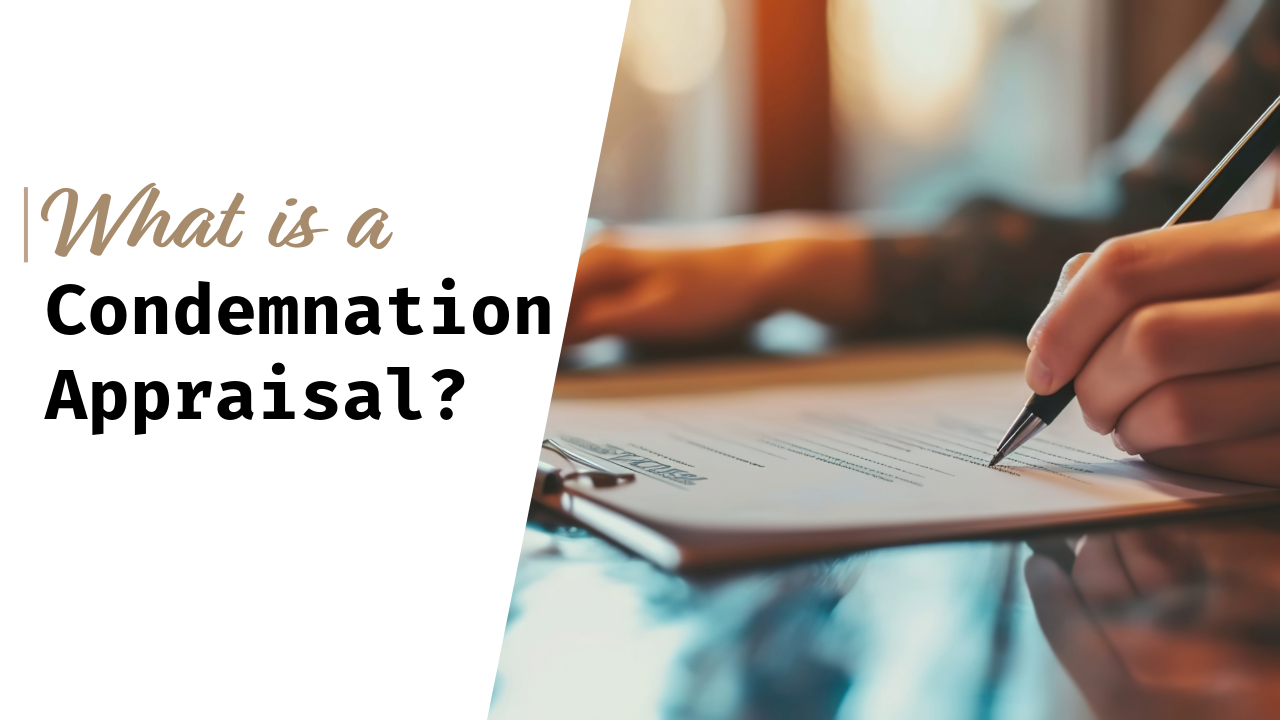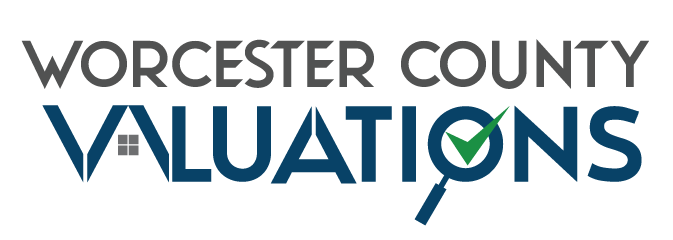What is a Condemnation Appraisal?
What is a Condemnation Appraisal?

When it comes to property rights and real estate, few topics are as complex and emotionally charged as condemnation. A critical component in this area is the condemnation appraisal, a specialized form of property valuation that comes into play when a government entity seeks to acquire private property for public use. This article delves into what a condemnation appraisal entails, why it’s necessary, and the steps involved in the process.
Understanding Condemnation Appraisal
A condemnation appraisal is a thorough assessment performed by qualified appraisers to determine the fair market value of a property that is being considered for eminent domain. Eminent domain is the power held by government entities to take private property for public use, provided the owner is given just compensation. The role of the condemnation appraisal is to ensure that the compensation offered is fair and reflects the property’s true value.
The need for a condemnation appraisal arises when a government entity, such as a city, state, or federal government, plans to use private land for public projects like highways, schools, or parks. The appraisal is not only about determining a number; it’s about ensuring the rights of property owners are respected and that they receive a fair deal for their loss.
The Condemnation Appraisal Process
Step 1: Initiating the Appraisal
The process begins when a government body decides there is a public need for a particular piece of private property. The government typically hires an independent appraiser to conduct a condemnation appraisal. This appraiser must be experienced and often requires special qualifications to handle the complexities of eminent domain cases.
Step 2: Research and Inspection
The appraiser conducts extensive research, reviewing the property’s history, zoning records, and market trends. This is followed by a physical inspection of the property to assess its condition, size, and any other factors that might affect its value. The appraiser also considers the highest and best use of the property, which is the most profitable legal use that is physically possible and financially feasible.
Step 3: Valuation
After gathering all necessary information, the appraiser employs various methods to determine the property’s value. These methods can include the sales comparison approach, which looks at recent sales of similar properties; the income approach, which considers the revenue-generating potential of the property; and the cost approach, which estimates the cost to replace the property minus depreciation.
Step 4: Report Preparation
The final step in the condemnation appraisal process is compiling the findings into a detailed report. This report includes the appraiser’s conclusions about the property’s value, supported by data and analysis. The report is then used as a basis for negotiations between the property owner and the government.
Challenges in Condemnation Appraisals
Condemnation appraisals are uniquely challenging due to the emotional and financial stakes involved. Property owners may feel an attachment to their property or believe that the government’s offer does not reflect its true value. Moreover, the appraisal must account for not just the current value, but also the potential future value, considering what the property might have earned for the owner if it had not been taken.
Additionally, there can be disputes over the appraiser’s methodology or bias. It’s crucial for the appraiser to remain impartial and adhere strictly to professional standards to provide a fair, unbiased valuation.
Importance of a Fair Condemnation Appraisal
The fairness of a condemnation appraisal is vital not only to the property owner but also to the integrity of the eminent domain process. A fair appraisal ensures that the property owner is adequately compensated for their loss, helping to mitigate the disruption that such takings can cause in people’s lives. For the government, a fair and accurate appraisal helps justify the use of eminent domain and maintains public trust in these proceedings.
In cases where property owners disagree with the appraisal, they have the right to challenge the findings and request a second appraisal by another qualified professional. This ensures that the process remains transparent and that the compensation is truly just.
Conclusion
Condemnation appraisals are a critical element in the process of eminent domain, ensuring fairness and equity in transactions that can otherwise be seen as forceful and unfair. By understanding the process and the importance of these appraisals, property owners can better navigate the challenges if they ever find themselves in such a situation. Moreover, governments can maintain public trust by adhering to rigorous standards and ensuring just compensation for the taking of private lands. In both cases, the condemnation appraisal stands as a safeguard for justice in the complex interplay of property rights and public needs.
When it comes to choosing a professional estate appraisal company, experience matters, give us a call today to learn how we can help you.

